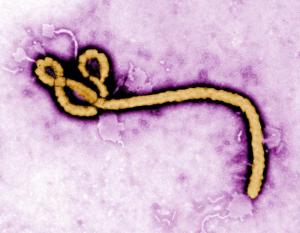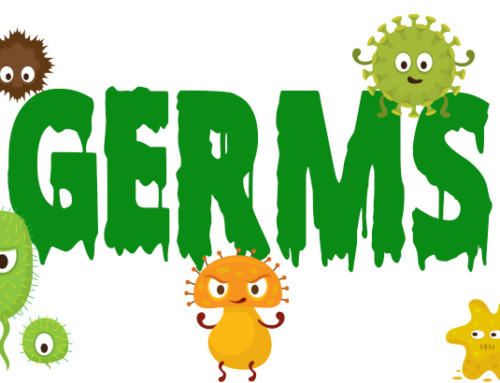Our dipslides are used to detect bacteria, yeasts, and molds, but they can’t detect viruses. So what’s the difference between a bacterium and a virus, and why can’t a virus grow on a dipslide? Let’s take a look.
We headed over to Microbe World to take a lesson in microbiology. In the most basic sense, bacteria can reproduce by themselves and viruses can’t.
Let’s Talk Bugs
Bacteria contain DNA and other elements that allow them to reproduce through a process called binary fission. Binary fission means that a cell will replicate its genetic material and divide into two cells.
The media on a dipslide contains nutrients and proteins, which bacteria digest and use for food. Bacteria are also already equipped with some of these tools for reproduction, including proteins and ribosomes.
Bacteria can grow very quickly on a dipslide with the abundance of nutrients, and that’s why confluent growth often occurs after just 48 hours of incubation.
So, bacteria are everywhere… they reproduce on their own… and they grow quickly. Fantastic.
At least take some comfort in knowing that not all bacteria are bad. As hard as it is to believe, some bacteria are actually good for you!
The Un-Desirous Virus
Viruses are quite a bit different from bacteria. A virus has a very limited DNA structure, and in order to reproduce, it has to attack other cells and take them over. A virus will attach to a cell and inject its genes or get swallowed up by the cell. (Well that sounds unpleasant.)

Photo Credit: Frederick A. Murphy / CDC
By now, you’re probably familiar with the above image of Ebola virus. This image is a colorized transmission electron micrograph (TEM) under very high magnification. Although we don’t have an exact number, the level of magnification required to take this image is likely at least 50,000X.
Images of a virus require a very high level of magnification because unlike bacteria, a virus is too small to be seen by the naked eye.
Since a virus can’t multiply on its own, it invades a host cell and takes over that cell’s machinery to reproduce. Media does not contain host cells, so a virus will not grow on a dipslide.
A virus is also not to be confused with a parasite, which is a living organism. A parasite lives in or on another organism, the host, and takes the host’s nutrients.
They all seem a bit similar, and quite frankly nasty, but the fact of the matter is only bacteria, yeasts, and molds will grow on dipslides.
Next week, we’re meeting up with Indigo® Instruments again to take a closer look at Ebola and some good practices for disinfection to help prevent the spread of the virus.







Leave A Comment